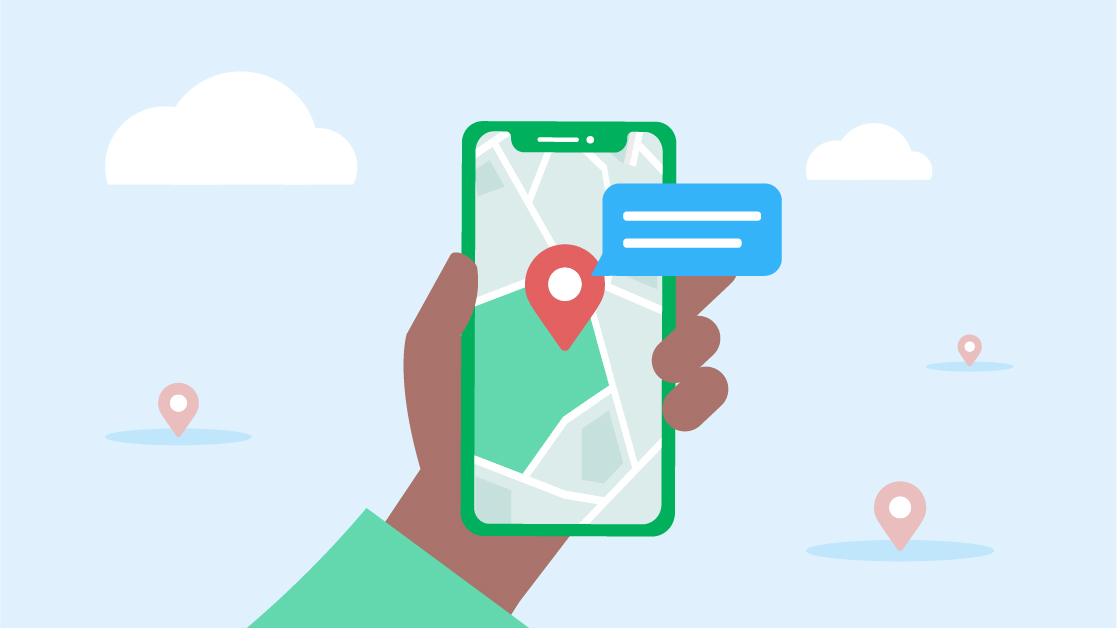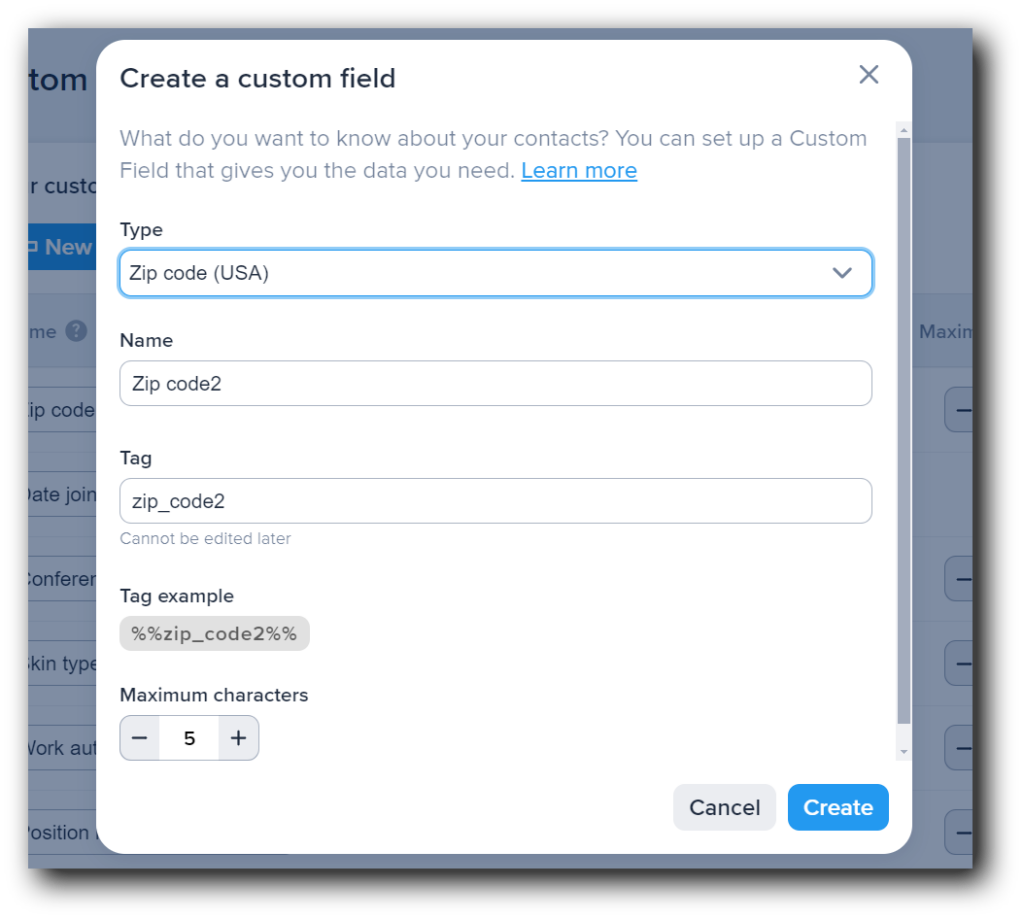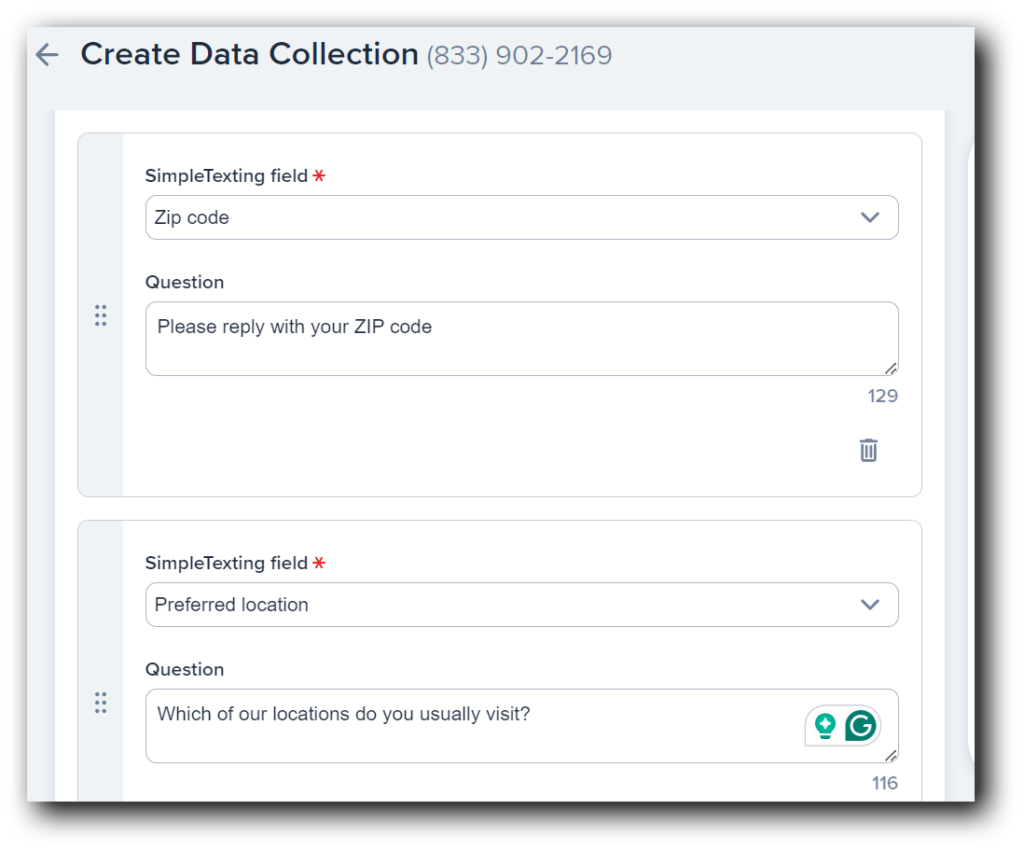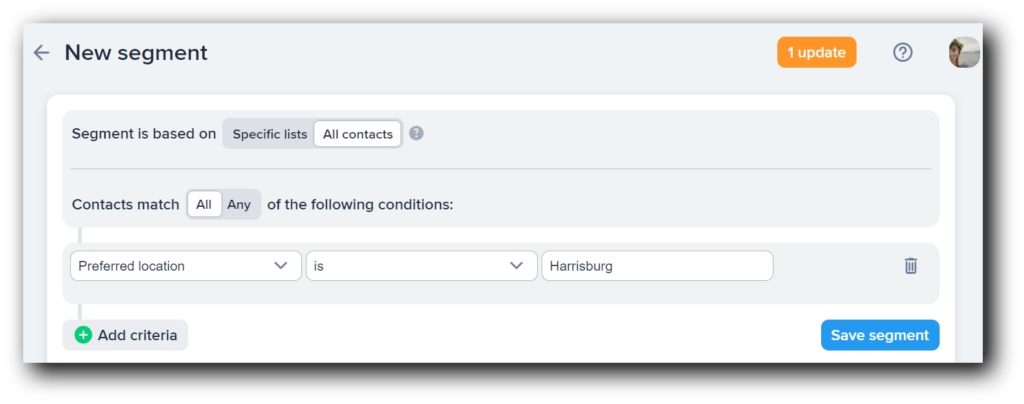SMS geofencing: What it is and how it works
SMS Geofencing may sound intimidating, but it’s one of the most effective ways to reach your audience. Use this guide to understand how, when and why to leverage it.

SMS Geofencing may sound intimidating, but it’s one of the most effective ways to reach your audience. Use this guide to understand how, when and why to leverage it.

If you’re still navigating text marketing, “SMS geofencing” might sound like one of a long line of complicated, scary terms you have to learn.
In reality, though, it’s a pretty simple concept. It’s the practice of sending customized texts to subscribers based on their location.
SMS geofencing can be done in a few different ways depending on your text marketing provider and tools.
If you’re using SimpleTexting, you won’t be able to track your customers in real time to text them based on where they are, but all is not lost. You can still run geofencing effectively with us (and I’ll get to that shortly).
Let’s get into all things geofencing.
SMS geofencing works by sending out text messages when a customer enters a specific location.
With that said, we need to lay out two very important rules before you get started.
We get it, most businesses would love to send out a blanket SMS to anyone within a 5-mile radius, but unfortunately, that is not possible.
Once you have both types of permission from your customer, you’re ready to go.
To track your customer’s location, your SMS provider will have to tap into the customer’s GPS or RFID signals. As most messaging apps do not permanently have location information switched on, this ‘location lookup’ process is necessary to determine when your customer enters the geofence.
This means that instead of tracking your customers 24/7—which is both costly and time-consuming—you can optimize your chances of successful SMS geofencing by choosing when to look up their location.
For example, if you’re a coffee shop using geofencing, you’ll want to check customers’ locations in the morning and at lunchtime. You can then send out a local promotion to customers within your geofence.
If you’re a sushi restaurant, you would check customer locations just before lunch and dinner, to catch customers when they’re in the mood for food and in your geofence.
If you’re ready to introduce SMS geofencing to your marketing strategy, here’s how to set it up.



There’s a reason SMS geofencing is used by Uber, Starbucks, Pizza Hut, and more. It’s one of the most effective ways to increase marketing performance.
Pizza Hut trialed sending out a text promotion to customers within half a mile of its restaurants. The result? A 142% increase in sales.
That isn’t just a fluke either. The data tells us that:
Leveraging geofencing for marketing is simply about contacting your customers at the right time and place. By knowing their location, there’s no need to guess when or if it’s the best time to contact them.
Though SimpleTexting doesn’t have a built-in feature for geofencing, you can use several location-based SMS marketing tactics within our SMS platform.
To get started, sign up for our free two-week free trial, no credit card required. If you like what you see, you can take full advantage of our suite of SMS marketing features when you upgrade.
Alice is a copywriter at SimpleTexting. When not teaching the world about the benefits of business texting, you can find her feeding family, friends and strangers with her latest baking experiment.
More Posts from Alice DoddAbbreviations, acronyms and slang are common place in SMS messages, even those sent out by businesses. Use this quick guide to decide when and how to use SMS abbreviations.
ReadLearn what a retail or e-commerce bounce back campaign is as well as how to run one. Make your campaigns more effective when you add SMS.
ReadStart a text marketing campaign or have a 1-on-1 conversation today. It's risk free. Sign up for a free 14-day trial today to see SimpleTexting in action.
No credit card required